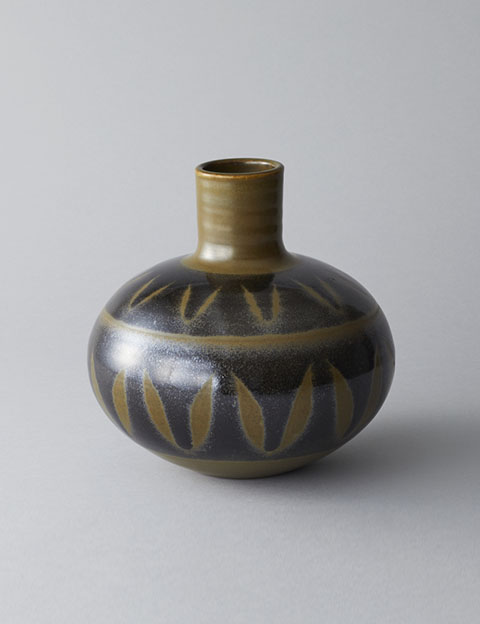SATSUMA Yaki (Ceramics)

The origins of Satsuma Yaki date back to the 16th century when the local feudal lord, Shimazu, returned from the Korean peninsula with some potters.
Over the next 400 years, the wonderful surroundings of Kagoshima and the tireless efforts of local potters led to a number of original developments, giving rise to various styles that are still produced today. In 1867, the Shimazu clan exhibited some pieces of Satsuma Yaki at the Exposition Universelle world's fair in Paris, enchanting the people of Europe. Soon, the Satsuma name became known throughout the world.
Today, kilns producing work embodying various techniques can be found all over the prefecture.
A feature of Satsuma Yaki is its variety of styles, including Katano, Ryumonji, Naeshirogawa, Nishi-mochida, Hirasa and Tanegashima. The three main groups of products made in the area are white pottery, black pottery and porcelain.
White Satsuma Yaki has a faint yellow color and a plain glaze covered with fine cracks, to which dyes, enamels and gold leaf are applied.
Black Satsuma Yaki has a darkish brown base color due to the high levels of in the clay, which is colored with black, dark brown or amber glazes.
The vast range of products includes tableware, vases, decorative items, tea ceremony items and drinking sets.
Feature
Satsuma Yaki comprises six historical brands, namely, Tateno, Ryumonji, Inawashirogawa, Nishimochida, Hirasa and Tanegashima, which can be separated into white pottery, black pottery and porcelains. Shiro Satsuma (white pottery) has a pale yellow coloring with a transparent glaze. Its surface is covered with small cracks and may be dyed, enameled or decorated with gold leaf. Kuro Satsuma (black pottery) is made using combinations of black and brown glazes. The iron in the clay gives the body a dark brown hue.
How to make
Shiro Satsuma is created from blended soil, giving it a unique appearance that resembles a blend of porcelain and pottery. A fine clay is produced by mixing the soil with water, collecting the precipitate, drying it and repeating the process. The resulting elutriated clay is wheel-thrown and molded, then biscuit-fired, glazed and fired, and finally painted. Kuro Satsuma uses a different combination of soil from that of Shiro Satsuma and is not elutriated, giving it a simple, unrefined feel.

